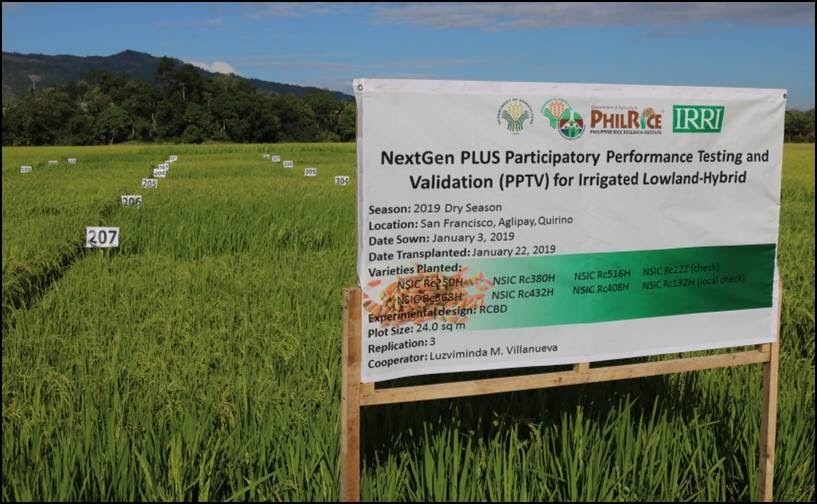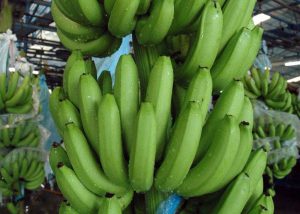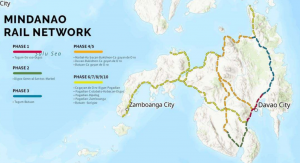THE DEPARTMENT of Agriculture (DA) XI aims to implement its research on rice varieties, also called the NextGen PLUS project bred to increase its adaptability to the changing climate in the Davao region.
During the Agribiz forum on March 20, Jessel Cardines, DA XI Agricultural Center chief III, said partner institutions such as the Philippine Rice Research Institute (PhilRice) and the International Rice Research Institute (IRRI) jointly implemented these rice varieties.
“Like human beings, our rice varieties, naga-edad pud na sila. Due to aging, they develop a weak resistance that makes them prone to diseases,” Cardines said.
Cardines stressed that location-specific varieties, disease-resistant and wide-ranged, are what they aim to push for to pass consumers’ tastes.
She also shared rice varieties that specifically grow in different ecosystems in rice farming, such as in irrigated, rainfed, saline, and submerged ecosystems.
“In irrigated areas, that is where we plant the hybrid and inbred varieties. We plant flood-resistant varieties in a rainfed ecosystem. A saline ecosystem is where we plant varieties that adapt to seawater, and a submergence ecosystem could accommodate rice varieties that could fully immerse in water,” she added.
DA XI used recent advances in plant breeding, such as molecular biology, stratified multilocation testing (MAYT), and improved computational power to make the country’s rice breeding program more efficient.
“Before we harvest the field, we initially invite seed growers, farmers, traders, and millers so that they’ll be able to validate the performance of NextGen rice variety firsthand,” Cardines said.
With the support of the DA-Regional Field Offices and their LGU partners, the deployment of newly released varieties can be fast-tracked to raise farmers’ yields and bridge the gap between local rice production and consumption.
Cardines also clarified that the prices of these new rice varieties will be the same as for premium and well-milled rice in the market.
Additionally, she stressed the importance of increasing rice production. She urged farmers to persist in their dedication to producing rice, considering the Davao region’s sufficiency level for rice is 54%.
Photo courtesy of IRRI



